Edible landscaping refers to mixing food plants in with your ornamental ones, to create a setting that is not only visually appealing, but productive as well.
Examples include:
- Using different types of loose-leaf lettuce as border plants
- Creating a hedge from blueberries or currants, rather than unproductive shrubs
- Replacing non-edible trees with fruit trees
- Using tomato plants or grape vines, instead of conventional climbing vines to cascade over a trellis
- Having pots and baskets of colorful, fragrant herbs, rather than non-edible flowers
- Incorporating striking vegetables, such as Swiss chard and pak choi, into flower beds
- Using strawberries, thyme and mint as ground cover
Whether you are completely new to edible landscaping, or already practice the concept but need some inspiration, this guide will teach you all you need to know to design and create your very own edible landscape.
A Brief History of Edible Landscaping
Edible landscapes are nothing new, with the Ancient Egyptians being one of the first to create gardens featuring flowers, grape vines, and fruit trees, mixed with seating areas where one could enjoy the scenery. In the 10th century, the rose gardens that were sprinkled with fragrant herbs became a signature creation of Benedictine monks.
However, this all began to change around the Renaissance era, when gardens started becoming more formal and segregated, with gardeners purposely separating their edibles and ornamentals. This continued all the way until the 1970’s, when urban vegetable gardening experienced a resurgence, partly due to rising food prices.
It was in the 1980’s that the term edible landscaping was first officially conceived, by a landscape designer who wanted to define a type of gardening that married together crop production and aesthetic design.
This has really taken off over past few decades, with more and more gardeners now choosing to make use of edible landscaping, creating spaces that are beautiful to look at, while being extremely productive at the same time.
Edible landscapes are nowadays all around you, even if you have not realized this. For example Central Park in New York is home to over 100 edible plant species, while one in every five plants in the Sonoran desert can be eaten. Whether natural or man-made, edible landscapes are definitely going to play a huge role in the future of gardening.
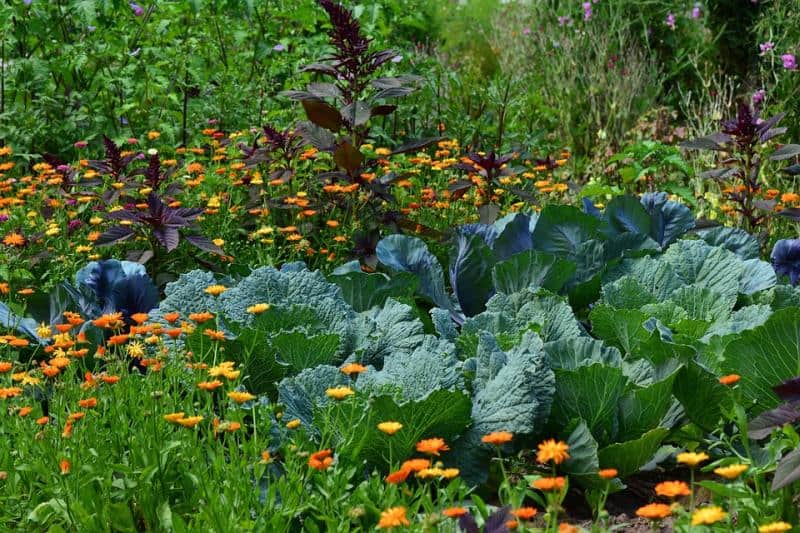
The Benefits of an Edible Landscape
In addition to having a beautiful and productive garden, here are a few of the other benefits that you will experience by practicing edible landscaping:
- Lower food costs – many crops cost less to grow at home than they do to buy in stores, especially if you keep them organic
- Increased food security – not only will you be less reliant on store-bought food, but you will also be able to preserve some of your harvest to enjoy over the winter months
- Food safety – the food that you grow yourself is likely to be organic, meaning less exposure to harmful chemicals
- Higher return on your investment in your garden – while a traditional, decorative garden is nice to look at, an edible landscape will repay all of the time and effort you have put in to your garden with delicious produce as well as visual beauty
- Higher quality, and easily accessible, food – there is no denying that the food you grow yourself will taste so much better than food you can buy. Plus, there is no way your grocery store is nearer to you than your back garden
- Saving water – research has shown that, even when producing the same crop, home gardeners use less than half the amount of water than larger scale agricultural producers do
- Plus, they’re a great food source for survival purposes
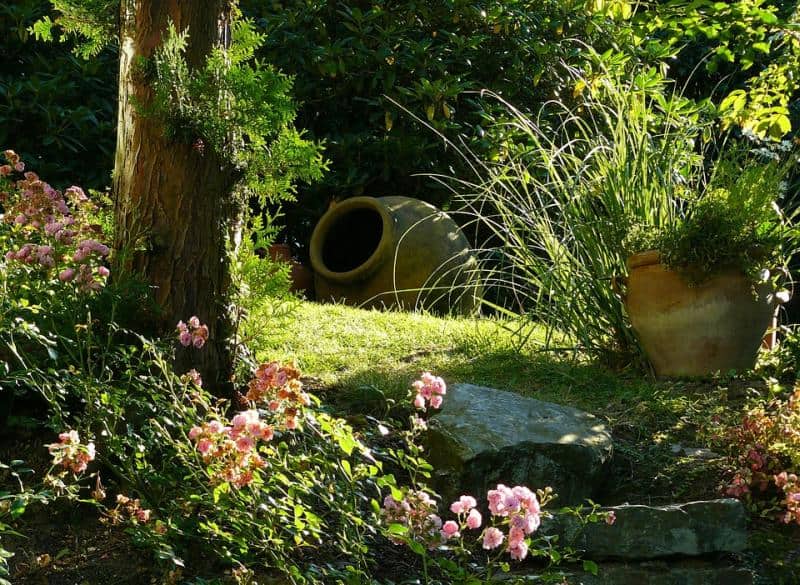
Designing an Edible Landscape
When designing any sort of landscape, you need to first have a general style in mind, as this will help you to begin narrowing down your many options.
Here are a few styles to look into:
- Japanese Zen – meticulously groomed with winding paths and spaces for quiet contemplation
- Mediterranean – combines classic European design with exotic plants and fragrant herbs
- English cottage garden – romantic, classic, and full of colorful flowers
- Modern and contemporary – clean lines and strong geometry, with bold and dramatic plants
- Wild and untamed – requires minimal intervention as you allow nature to take the lead
The different plants that you can use will be discussed in more detail below.
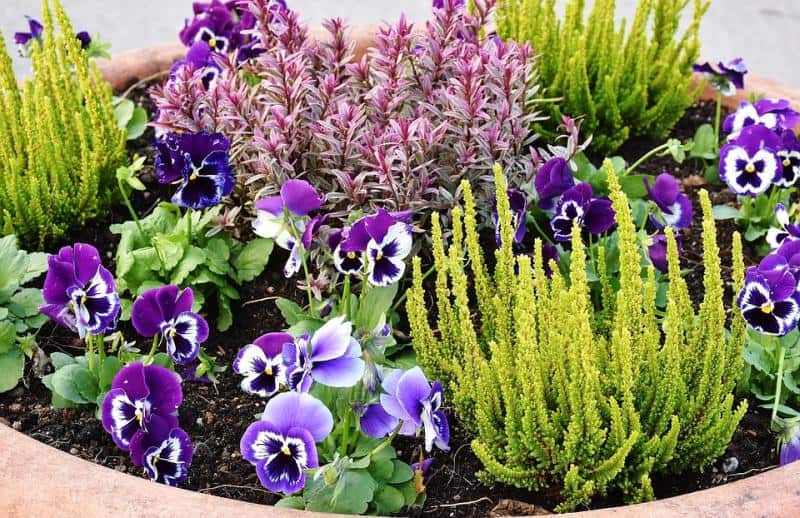
Basic Landscape Design Principles
When designing your edible landscape, there are certain basic design principles that you should keep in mind, as these will help to ensure that the overall aesthetic of your landscape really works.
To begin with, you need to assess your space. An edible landscape doesn’t need to be large, it can even refer to a few pots on a balcony, but you need to know what you have to work with before you start designing.
If you do have a larger space to play with, identify the different features within it, such as areas that receive a large amount or a small amount of sunshine, or sandy soil in one part versus clay soil in another.
In terms of design, the lines that you are going to be creating are one of the most important elements to think about. Straight lines can really draw your eye in, directing it to certain areas, while adding a crispness to a scene, while curved lines provide interest and a sense of informality to a garden.
Different textures are another aspect to keep in mind, as these can really hold the attention. Try to combine a variety of textures to really balance a space out, such as the coarseness and boldness of rhubarb leaves with the delicate structure of ferns and ornamental grasses.
Contrast is also important, but you need to ensure that the whole landscape also achieves visual balance, which is easiest done once you have chosen a central focal point.
A great way to emphasize texture and contrast is by planting in drifts instead of rows. Drifts are a randomly laid out grouping of plants, planted in the same way that you would plant flower bulbs. The result of this is a space that looks much more natural, as though those plants have appeared there on their own.
Of course, color is also important If you want to create a minimalistic landscape, single colors are the way to go, while those who want their garden to be an expression of their personality will have so much fun mixing different colors.
Finally, variety is key. Use certain plants to add accents to different parts of your garden, ensuring that your landscape is not monotonous.
Don’t forget that an edible landscape is all about combining edibles with ornamentals, so try to make good use of both.
Companion Planting
There are certain plants that not only grow better when they are planted near to each other, but they also protect each other from disease and pests. This is what companion planting is all about, and while it is not an essential part of edible landscaping, it really does help.
There are so many different companion plant communities out there, from roses, onions, radishes and thyme to tomatoes, carrots, basil and French marigolds.
Corn, squash and peas or beans is another popular plant community, also known as the three sisters, that really supports each other. The corn is planted in the middle, and is surrounded by the peas or beans, which use the stalks of corn to climb up on. Around this is the squash, which acts as a ground cover, keeping weeds away while retaining moisture.
Have a look at this video for an example of this, with corns, pumpkins and beans:
The best way to understand which plants work well together is by downloading a few of the free companion planting charts available online, and then put together your own chart based on the plants that you may possibly grow.
Choosing Your Plants
Once you have outlined a basic garden design, you can then begin to pick and choose various plants to place within it. While the sections below have categorized the plants into trees, vegetables, herbs and flowers, you need to be combining a variety of plants from each category in order for your edible landscape to be a success.
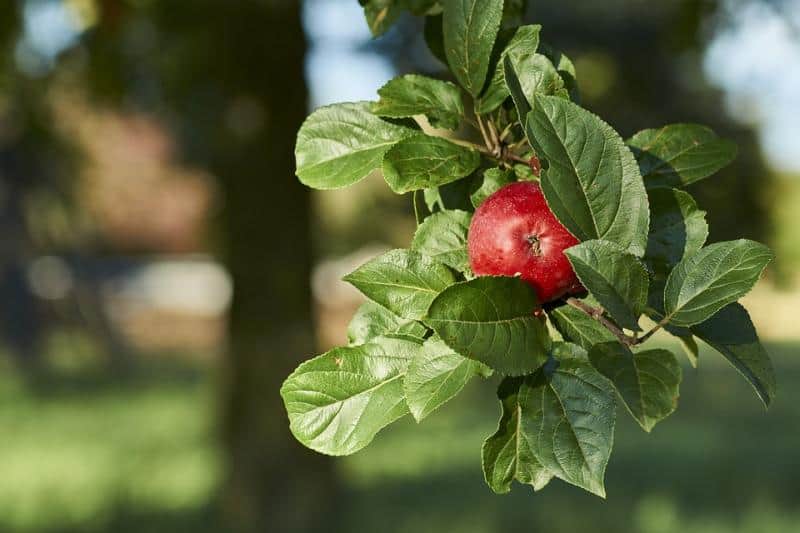
The Best Trees, Vines and Shrubs for an Edible Landscape
Trees and shrubs are the very first plants that should be brought into a new garden, because these will take up the most space, and will serve as focal points in themselves.
Fruit trees are the most common types to incorporate into edible landscapes, such as:
- Apples
- Pears
- Plums
- Sour cherries
- Mulberries
- Persimmons
- Elderberry
If you do not have enough space for standard-sized fruit trees, remember that there are dwarf and miniature varieties too. Many of these can be grown in large pots, with a height of just a few feet, and are available in just about every fruit you could imagine.
Nut trees are also extremely productive, with the nuts themselves being a fantastic protein source. Here are a few varieties to consider:
- Almonds – opt for a self-fertile variety if you only have space for one tree
- Hazelnut – some varieties boast vibrant purple leaves that turn a fiery shade of red in the fall
- Pecans – newer varieties can be grown in a wider range of gardening zones
- Chestnut – while most varieties grow up to 50 feet tall, the chinquapin chestnut is more of a bush, and does not grow taller than 10 to 12 feet
- Korean Pine – a hardy tree that produces delicious pine nuts, and a great one for clay soil
When it comes to trees to avoid, the black walnut tree is the main one. This tree releases a chemical that is toxic to other plants, and does this in order to eliminate competition from other plants in a forest setting. If you have a black walnut tree, it will be extremely challenging trying to grow other plants under, around, or even near it.
Of course, fruits come in forms other than trees. Strawberries make great ground cover, and if you are worried about them spreading too much, you can opt for an alpine or wild strawberry variety, as these tend to stay in clumps and do not send out runners.
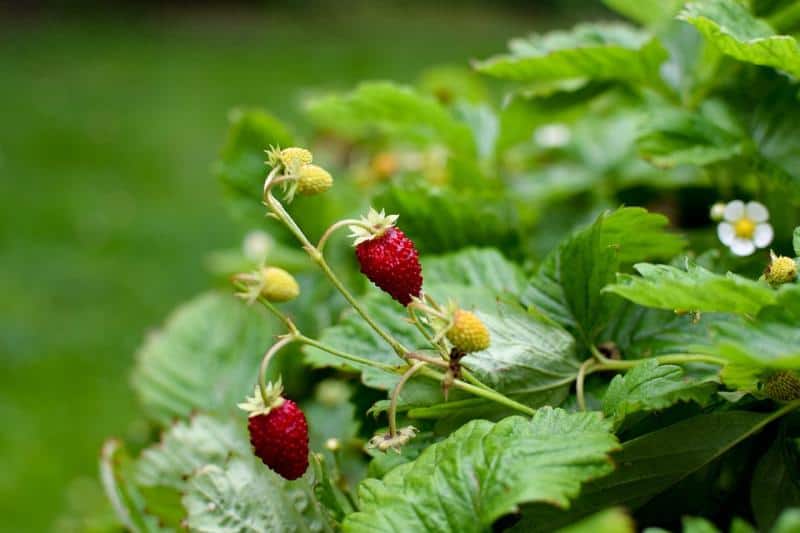
When it comes to blueberries, gooseberries and currants, these can be turned into an edible hedge, whether to provide a windbreak or to add some privacy to a garden.
The plants grow quite densely together, and, with blueberries, there are some varieties that have been bred for their ornamental beauty as well as their fruit production, such as Pink Icing.
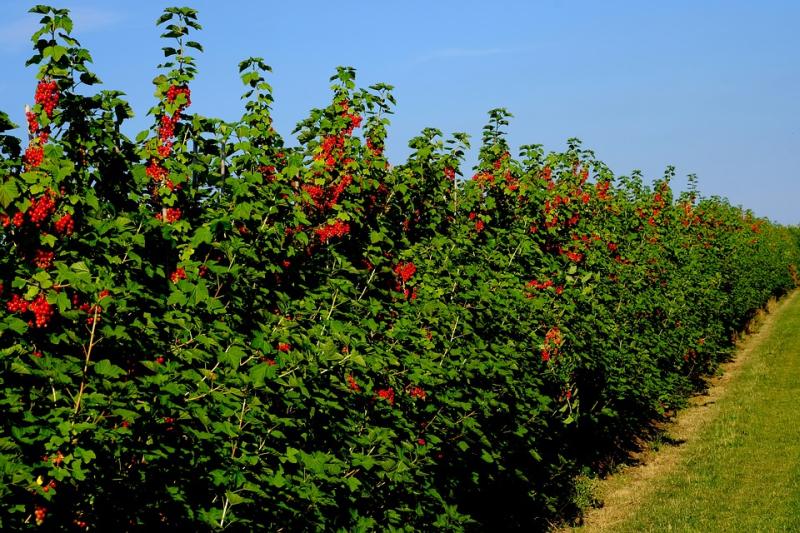
Fruits that grow on vines, such as grapes and tomatoes, can be trained to grow up over an arbor, providing a picturesque, shady spot for a hot summer’s afternoon. With tomatoes, small cherry tomatoes are best, as these form attractive little clusters, while the grape varieties you choose should depend on your climate, and how much rainfall you receive.
The Best Vegetables for an Edible Landscape
Lettuce is one of the most commonly grown vegetables, not only because it is an easy and adaptable one to grow, but also because there are so many different varieties of it. This is something that you can really take advantage of when planning an edible landscape, as the color and texture of leaves vary quite dramatically.
However, keep in mind that you will need to sow your lettuce leaves in succession, to make up for any bare patches once you harvest a lettuce. When it comes to pairing loose-leaf lettuce with an ornamental, tulips are always a pretty way to go.
In terms of other leafy greens, Swiss chard or red chard produce leaves that are not only incredibly nutritious, but are large and textured, with vibrantly colored stalks.
Of course, when talking about color, peppers should not be forgotten, both the sweet and spicy varieties. Many hot varieties of pepper are actually stunning ornamental plants too, with dark foliage that works well in a pot.
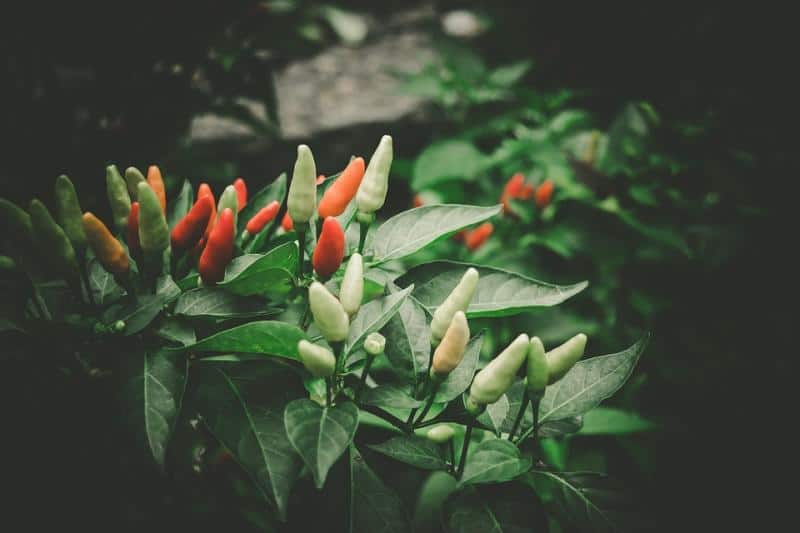
When it comes to other brassicas, many of these tend to feature quite muted colors, and similar large leaves. If you really want a show-stopper, take a look at the Romanesco variety of broccoli, which boasts an incredibly abstract form and texture.
Ornamental cabbages are another option, while the Sunset Cauliflower comes in a striking shade of orange. Red and purple kale varieties are also good plants to consider, especially for the backs of beds when you need something taller.
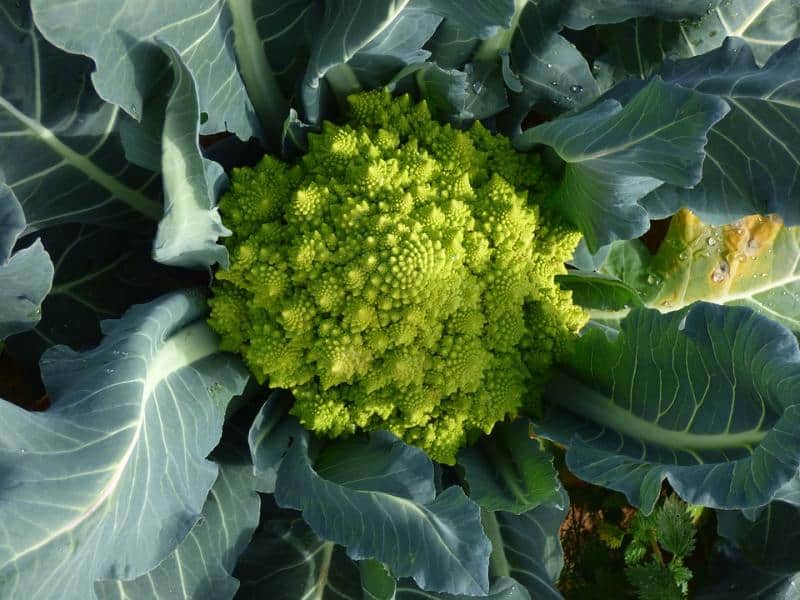
Beans and peas are great climbing plants to include in your edible landscape, as these allow you to really make use of vertical spaces. Have a look at varieties such as the scarlet runner bean, as these produce vivid red flowers that are also edible themselves.
If you are looking for a vegetable ground cover, give squash a try, as you can eat the blossoms as well as the fruit.
In terms of vegetables that are cheaper to grow than buy, asparagus is one of these, and actually lends itself quite well to an edible landscape. Even once its spears have been harvested in the spring, asparagus will continue to produce tall, feathery plumes that provide a delicate backdrop for sunflowers or black-eyed Susans, making this a great vegetable for a garden with a modernist feel to it.
If you have a large space that needs to be filled, it may be worth giving Jerusalem artichokes a try. Their foliage spreads to about four feet, and not only are they surprisingly easy to grow, but they also add an architectural elegance to any space. With their prickly leaves, artichokes also act as a great deterrent to hungry animals.
Although bamboo is technically in the grass family, this versatile ornamental plant is also an edible, with its new shoots offering a sweet flavor and a crunchy texture. If your edible landscape has an Asian theme to it, then bamboo is the perfect plant to incorporate.
In terms of plant height, this depends on the variety you choose, as some will grow to no more than six foot, while others will tower over your garden at 60 feet tall. If you do want to make the most of your edible bamboo shoots, opt for a variety such as Sweetshoot Bamboo or Tortoise Shell Bamboo, as these are the tastiest.
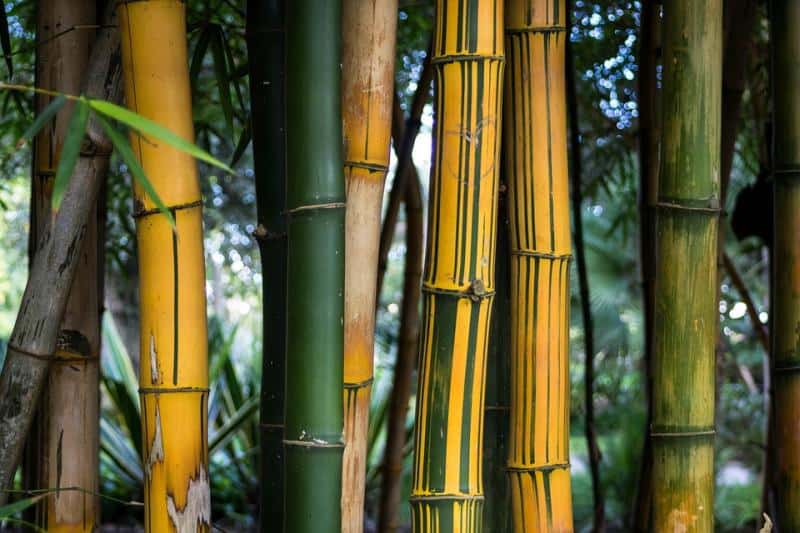
The Best Herbs for an Edible Landscape
While the majority of traditional herbs out there come in shades of green, there are now so many different varieties of each available, many sporting bright and vibrant colors. Purple basil and tricolor sage are two examples of this, while the grass-like stalks of the chive plant send out brilliant pink/purple blooms throughout the spring and summer. These look especially striking when planted in a row to form edging.
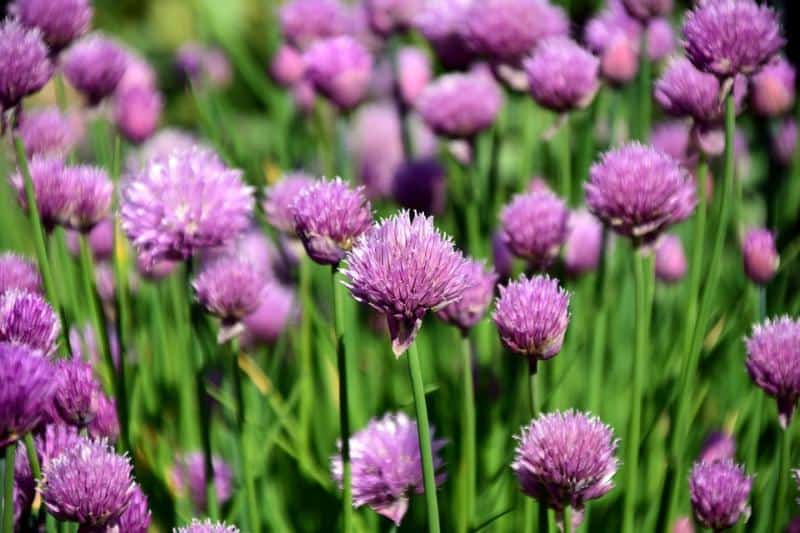
Rosemary is another decorative herb to consider, and can be purchased in an already-shaped topiary, which can really provide a talking point within your edible landscape.
In addition to using herbs as focal points and accents in your garden, you can also make use of certain herbs for ground cover. Thyme, especially creeping thyme, is great for this, as it grows extremely densely, flowers in the spring, and emits a gorgeous fragrance when it is walked over. Oregano and chamomile also make good ground cover options.
Lavender is another intensely fragrant herb that would work well in an edible landscape, and while the clustered flowers do all share a shade of lavender, these colors vary from light and delicate to deep and bold, depending on the variety that you choose.
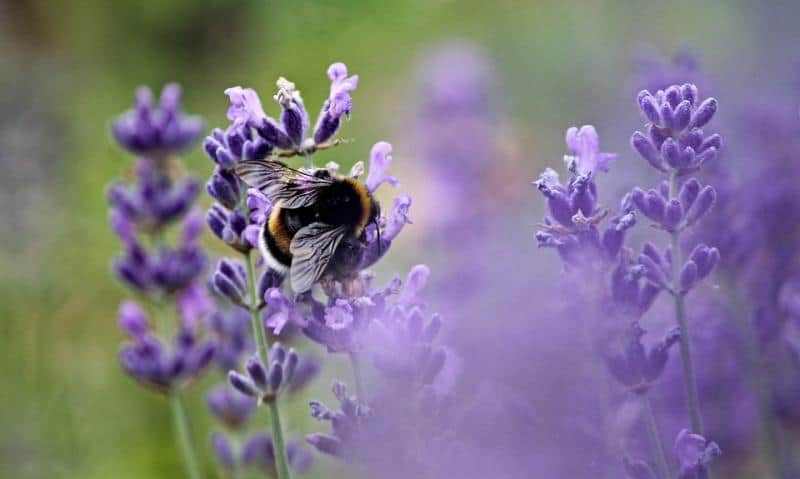
With their leafy foliage, many herbs actually provide a fantastic backdrop for flowers. Whether you do this in a pot, a bed or even a vase inside your home, try pairing the glossy green leaves of parsley, coriander, basil or sage, with your favorite florals.
The Best Flowers for an Edible Landscape
Many people already grow edible flowers without actually realizing it. The calendula, which is also referred to as the pot marigold, is a perfect example of this, making a spicy addition to salads and other dishes. Roses are another popular flower that are edible, but make sure that yours have been organically grown before eating them.
Certain types of chrysanthemums are also edible, as are the spicy and sweet blue petals from the cornflower. Honeysuckle would be another fantastic floral addition to an edible landscape, especially the Japanese variety, as this tastes distinctly like honey.
Borage is another popular flower to grow, as its delicate blue star shape adds a pop of color to any space. Both the leaves and the flowers have a mild cucumber taste to them, and work brilliantly in everything from cocktails to salads.
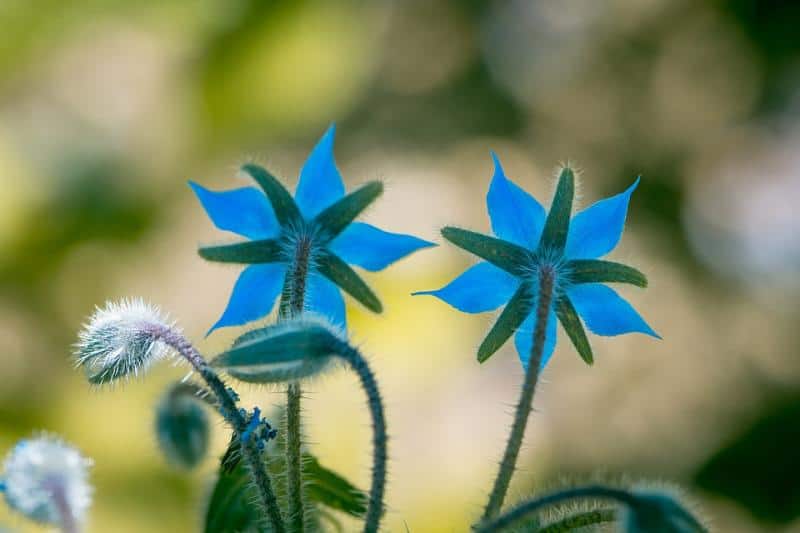
If you usually grow sweet peas, it may be worth replacing these with garden peas. These also produce beautifully delicate flowers, which, unlike ornamental sweet peas, are edible, as are the pods, the tendrils, and the actual peas themselves.
Lilac is another plant to consider, as these floral flowers have a lemony undertone that works so well when used as a beverage garnish, while the sunflower has petals, buds and seeds that are edible.
Of course, nasturtiums are not to be forgotten about, as these plants are so versatile. Everything from the flowers to the leaves to the seeds can be eaten, all of which have a sweet and slightly peppery flavor. Nasturtiums are a plant that spreads quite a bit, so you could also use them to tie your whole landscape together, having them weaving in and out of different areas.
If you enjoy drinking green tea, then a flower that you should definitely grow is the camellia, especially the Camellia sinensis, as these are the leaves that are used to create this antioxidant-packed beverage.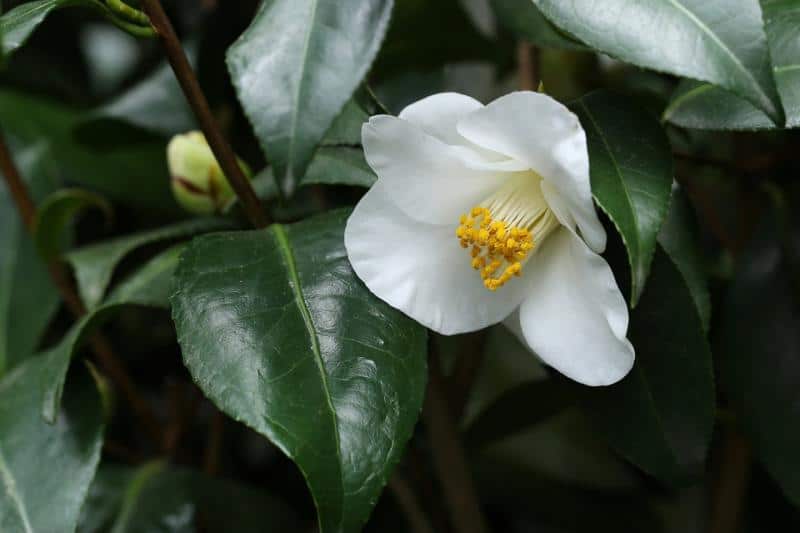
For a zen-like ambience, take a look at the lotus flower, which is actually a staple food source in many parts of Asia. The flower’s fleshy root is a great addition in any stir fry. Daylilies are also popular in Asian cuisine, with their blossoms often used in spicy dishes.
Deterring Hungry Wildlife
One common problem that many gardeners share is hungry wildlife nibbling away on leaves, flowers and crops, resulting in plants that cannot be saved.
In order to protect the more delicate plants in your edible landscape, there are certain plants that you can place around them, to deter any hungry critters. Here are a few examples:
- The prickly leaves of artichokes
- The thorny leaves of eggplant plants
- The strong scent of onions, garlic and chives
There are also certain plants that act as a magnet for hungry animals, from greens to sweetcorn to peas. Make sure that you inter-plant these with other species thoroughly, as this will minimize the amount of damage that they will face.
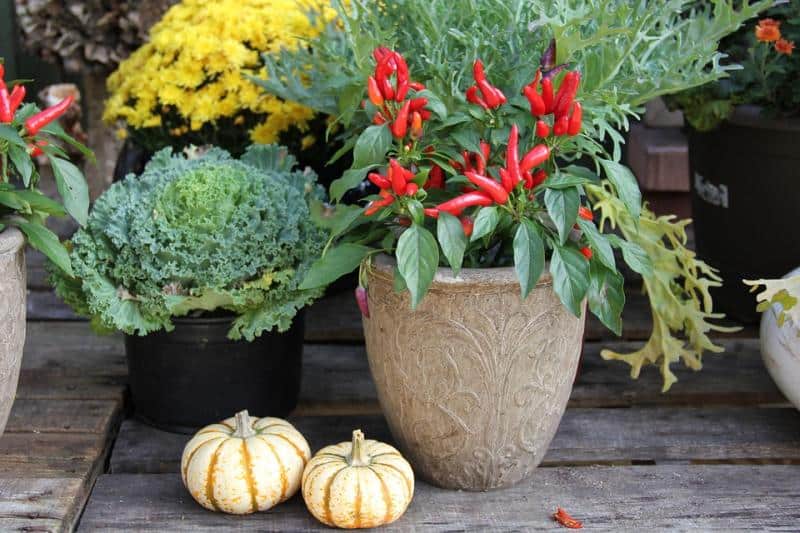
Making the Most of Containers
As mentioned above, an edible landscape does not need to be large, and can even just be a few containers on a balcony or a sunny windowsill. While this may seem limiting, there is actually so much that you can grow in containers, both in terms of ornamentals as well as edibles, with many plants actually doing better in containers than they would in the ground.
Whether you are using plant pots, hanging baskets or window boxes, here are a few edible container-loving plants to consider:
- Strawberries
- Ornamental peppers
- Shrub roses
- Horseradish
- Pansy
- Viola
- Lavender
- Tomatoes
- Lettuce
- Radish
- Potatoes
- Herbs
Even if you do have a large amount of space, it would still be worth making use of containers in some cases. When it comes to invasive plants, such as mint, these are best contained in a smaller space, otherwise they will quickly grow and take over the rest of your edible landscape.
Containers can also be used in design and planning stages of a new edible landscape. Rather than planting your plants out straight into the ground, place them into containers first, so that you can move them around your landscape until you have decided on the perfect spot for them.
Don’t Forget About Crop Rotation and Soil Quality
Each plant that you grow uses a specific range of nutrients from the soil. This means that if you grow the same plant in the same spot for two seasons in a row, the plant that is growing there in the second season will not have access to the nutrients it needs, as the soil would have been depleted of these after the first season.
However, even though those specific nutrients may no longer be in the soil, there will still be others that are present, which your first plant did not need, as well as nutrients that that plant would have deposited back into the soil itself, all of which could be really beneficial to another plant species.
This is why crop rotation, which refers to planting crops in different places each year, is so important. Not only does this give your soil a chance to recover, but it also means that your yields will be so much bigger, more nutrient-rich, and, of course, tastier.
This video will help you to understand more about crop rotation:
Crop rotation can be quite difficult, however, when it comes to an edible landscape. Having to move your plants around each year means that your landscape will need to be re-designed each year, especially if the majority of your plants are annuals instead of perennials.
The only way around this is to replace the organic material that the soil has lost. This can be done in several different ways, from taking away some of the soil each time you pull a plant up, replacing this with fresh compost and your new plant, to amending the soil with different organic feeds and supplements.
If you are worried about your soil quality, there are many labs that offer mail-order testing, enabling you to find out exactly what your soil does and does not need.
Ready to Get Started?
There is so much creativity involved when it comes to edible landscaping, and this is something that you should really try to have fun with. If you are completely new to this, start off small and take your time when planning, as the careful design of your landscape is what will prevent it from looking like an overgrown vegetable bed.
If you already practice edible landscaping, we would love to know which plants are your favorites, as well as how you use them, so drop us a comment in the section below!
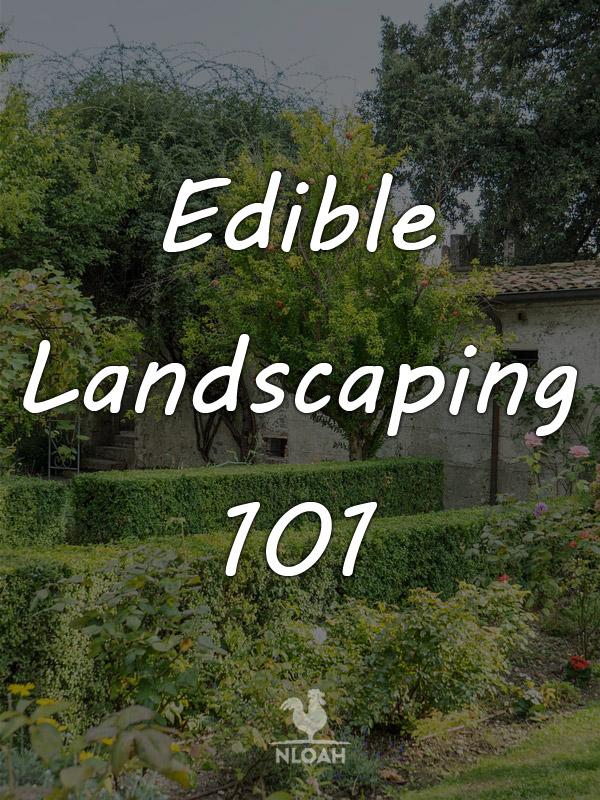

Alina was a born and bred city girl, until she moved to the Scottish countryside in 2013 to live the self-sufficient life. Thrown in at the deep end, she spent all her time learning as much about homesteading as she could, putting theory into practice each and every day. T
oday, Alina grows large amounts of food in her garden, greenhouse and polytunnel, and also has a number of different animals that call her little farm “home”.

Very nice article. I just moved to the northeast and hope to put in an edible landscape once I find some land. I previously had 5 acres that we had slowly turned turned into a zone 8 edible landscape. It was wonderful.
Great article. Thanks a lot for sharing this eye-opener.
I would love to have the source of some of your information though, specifically those on the history.
I am writing a project topic on edible landscaping and I believe this information would be of great help to me.
I love this post. There’s lots of good ideas here. Thanks for taking the time to put it all together!